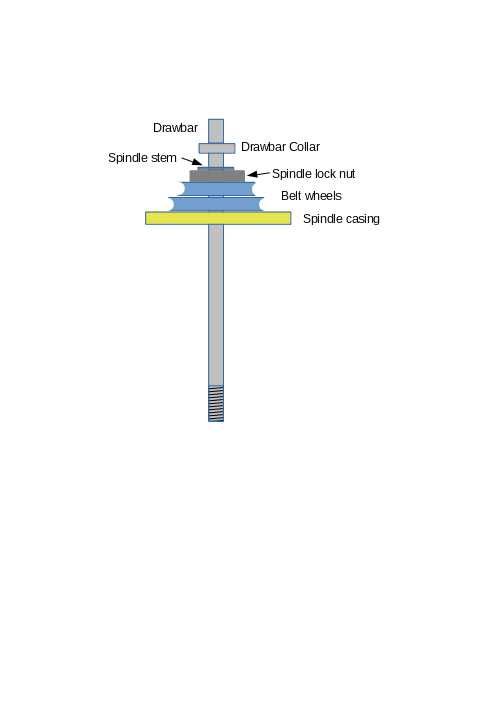A comparison of 'percussive force' from tapping a drawbar and 'forces' from a heavyish cut is not easy. In fact the two are different things, measured in different ways. The force bit is easier – we are all familiar with forces of gravity, Pounds force, Kilograms force, and Newtons (as well as various easily forgotten stuff from the sixties and seventies). Force is a vector quantity, and so it involves the direction of the load as well as the load in Newtons etc, so in full, the force exerted on a tool requires a knowledge of the load on it, and the direction of the load (and both will vary as a cut is taken, of course).
Percussive force is not the same sort of thing, it involves time as well as force. Hit with a copper hammer and it distorts as it hits the surface, spreading the impact out over time. Hit with a hard steel hammer, of the same mass and at the same speed, and there is much less distortion, and the load is applied more quickly, so it has more effect in separating the parts. Unfortunately it also has more effect in damaging the bearings etc. So, my point is that a comparison of the amount of steady force, with the amount of force in an instant, is not possible. Rather like not being able to compare speed with acceleration, I suppose.
Of course, some machining operations, especially interrupted cuts, do involve the sudden application of force, and this too could be described as 'percussive force', (and they are what causes tooling to chip), but this only occurs at the commencement of cutting for a very short time, not continuously.
Now I have read this through, it could be explained better, – I just hope it helps someone. Perhaps it might help them to explain it better, too?
Cheers, Tim
 Vic.
Vic.




